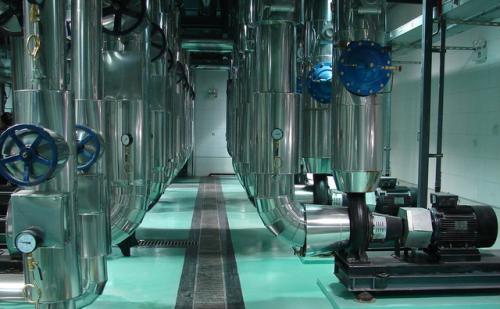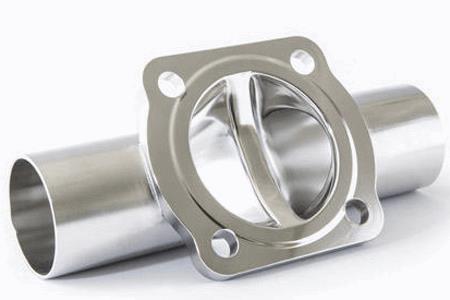Why Are Sanitary Diaphragm Valves Stable?

Sanitary diaphragm valves are constructed in a very different form from normal valves, which rely on soft rubber or plastic film to control fluid movement. Commonly used diaphragm valve material is divided into cast-iron diaphragm valve, cast steel diaphragm valve, stainless steel diaphragm valve, etc.
The advantage of the sanitary diaphragm valve is that its control mechanism is separated from the medium path, which not only ensures the purity of the working medium but also prevents the possibility of the medium in the pipeline hitting the working part of the control mechanism.
In addition, there is no need for any form of separate sealing at the stem, unless it is used as a safety device in controlling hazardous media for hygienic diaphragm valves. In the diaphragm valve, as the working medium only contacts the diaphragm and body, both of which can use a variety of different materials, so the valve is ideal for controlling a variety of working media, especially those with chemical corrosion or suspended particles.
Sanitary diaphragm valves are constructed with a corrosion-resistant liner body and a corrosion-resistant diaphragm, with a non-stuffing box structure, an elastic diaphragm with a throttling element, and a smooth body flow path. Therefore, the pneumatic membrane diaphragm valve has the advantages of small negative force, large flow, no external leakage, convenience, reliability, fire prevention, and explosion-proof, and is widely used in the flow regulation of non-polluting media in the industrial automation system.
The closing and opening of the sanitary diaphragm valve are achieved by the action of pressure from the pipe to strengthen the rubber diaphragm. When the pressure medium enters the valve chamber, the diaphragm presses down and closes the valve passage; when the pressure of the control chamber is discharged into the air or downstream piping, the diaphragm rises and the valve passage is opened.
The valve has no stem, gasket, directional seat, etc. The only moving part in the passage is the diaphragm, so there is no rust and cupping phenomenon, and it has higher stability. Moreover, there are a variety of structure and control modes, which can be applied to a variety of fluid control needs.
Conclusion
Thank you for reading our article and we hope it can help you better understand the sanitary diaphragm valves. If you want to learn more about sanitary diaphragm valves, we would like to advise you to visit Adamant Valve homepage for more information.





